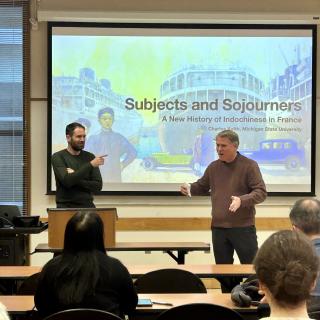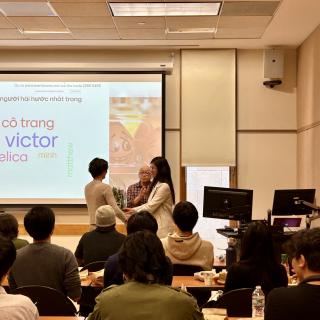Highlights for the 2024-2025 Academic Year
Alongside our famous lectures and courses, CSEAS is hiring a Tagalog/Filipino lector and hosting a diverse group of post-docs, visiting scholars, instructors, and students.
Publications

COMING SOON!!
Yale Southeast Asia Studies Monograph #70
Reconfiguring Vietnam: Global Encounters, Translocal Lifeworlds
Edited by Minh T. N. Nguyen and Kirsten W. Endres
Contributors: Hoang Cam, Bùi Thị Thu Đoài, Kim Anh Dang, Kirsten W. Endres, Arve Hansen, Erik Harms, Lan Anh Hoang, Esther Horat, Sandra Kurfürst, Nicolas Lainez, Ann Marie Leshkowich, Hy V. Luong, Nguyen Thi Phuong Cham, Tuan Anh Nguyen, Minh T. N. Nguyen, Emmanuelle Peyvel, Helle Rydstrom, Jessica Steinman, Phung N. Su, An Huy Tran, Allison Truitt, Trịnh Phan Khánh
Upcoming Events

Southeast Asia Studies Weekly Brownbag Seminar Series
The Council hosts a weekly lunchtime Brownbag Seminar Series featuring invited speakers from a variety of disciplines and institutions chosen for their ability to contribute to discussions of ongoing research by Yale students and faculty, and to reach interested audiences throughout the University.
Academics



Student Research Grants
The Council provides funding to Yale students for research and study abroad through two grant programs. Application deadline for 2025 fellowship competitions is February 28, 2025.
Language Studies
Through Council resources, formal instruction at Yale is currently offered from elementary through advanced levels in INDONESIAN and VIETNAMESE.
SEA Related Courses
Find courses that are either entirely dedicated to Southeast Asian content or include Southeast Asian perspectives within broader academic fields.
Information>>





